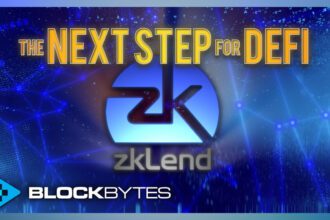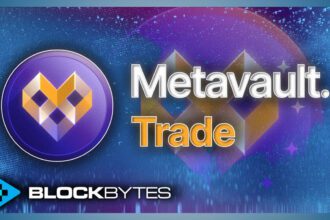Trading digital assets goes a lot deeper than just deciding to buy and sell. Modern exchanges allow users to trade using a variety of order types. Market orders are some of the simplest and most common types of orders when trading and are essential to transacting with digital assets.
Last time we talked about Limit Orders; this time, we’ll be covering Market Orders in this article. We’ll go over what they are, how they work, and some general pros and cons of this order type.
What is a Market Order?
A market order is an order to immediately buy or sell at the best available price. The order requires liquidity to be filled. This means that the market order is executed based on the limit orders placed within the exchanges order book. If you wish to buy or sell an asset instantly at the current market price, setting a market order is your best option. This type of order is best utilized during times of rapid rises or losses.
How do Market Orders work?
The main difference between Market orders and Limit orders is that market orders are executed instantly while Limit orders are placed on an exchange\’s order book. Trades are based on price makers and price takers. When a market order is placed, you are taking the price set by another trader.
As an example, an exchange will match a purchase order to the lowest ask price on the order book. A sell market order will be matched with the highest bid price on the order book.
Market Orders: Pros and Cons
A market order can be useful if you need to buy/sell an asset right away. This can be useful during times where it is more important to fill your order rather than getting a specific price. They are also a fairly straightforward option for traders who favor highly liquid digital assets like Bitcoin or ETH. When you\’re trading highly liquid assets with a narrow bid-ask spread, a market order will get you a price close to or at the expected spot price. Assets with a larger spread have a much higher chance of causing slippage.
Slippage can be defined as when the price at which your order is executed does not match the price at which it was requested.This most generally happens when there is low market liquidity or high volatility. This is because in low liquidity markets, there are fewer market participants to take the other side of a trade, and so more time is required between placing the order and the order being executed after a buyer or seller has been found.
The major disadvantage of market orders is the inability to plan your trades in advance. Market orders are manual orders that require the trader\’s input to fill. You can’t always be at your screen ready to trade so you may be put at a disadvantage over those who have placed limit orders or stop-limit orders in advance. If you are trading in an asset with low-volume/liquidity, you may experience high slippage.
| Advantages | Disadvantages |
| Executed instantly (based on liquidity)Simple to useBuy/Sell the full quantity of an asset | Need human input to be executedHigh slippage with low-volume assetsPotential to pay higher prices than necessary |














